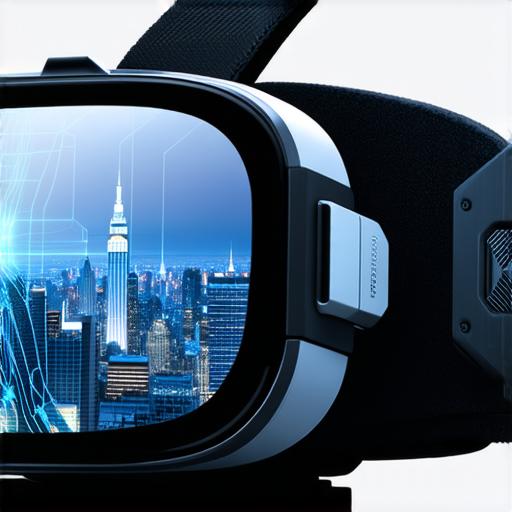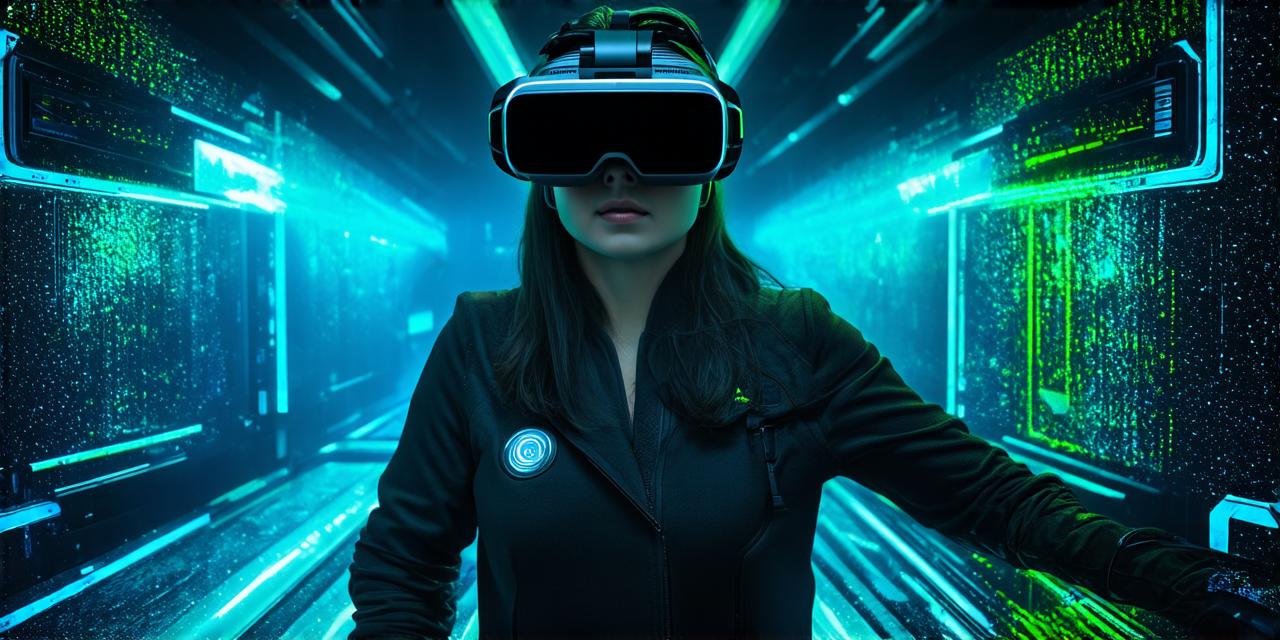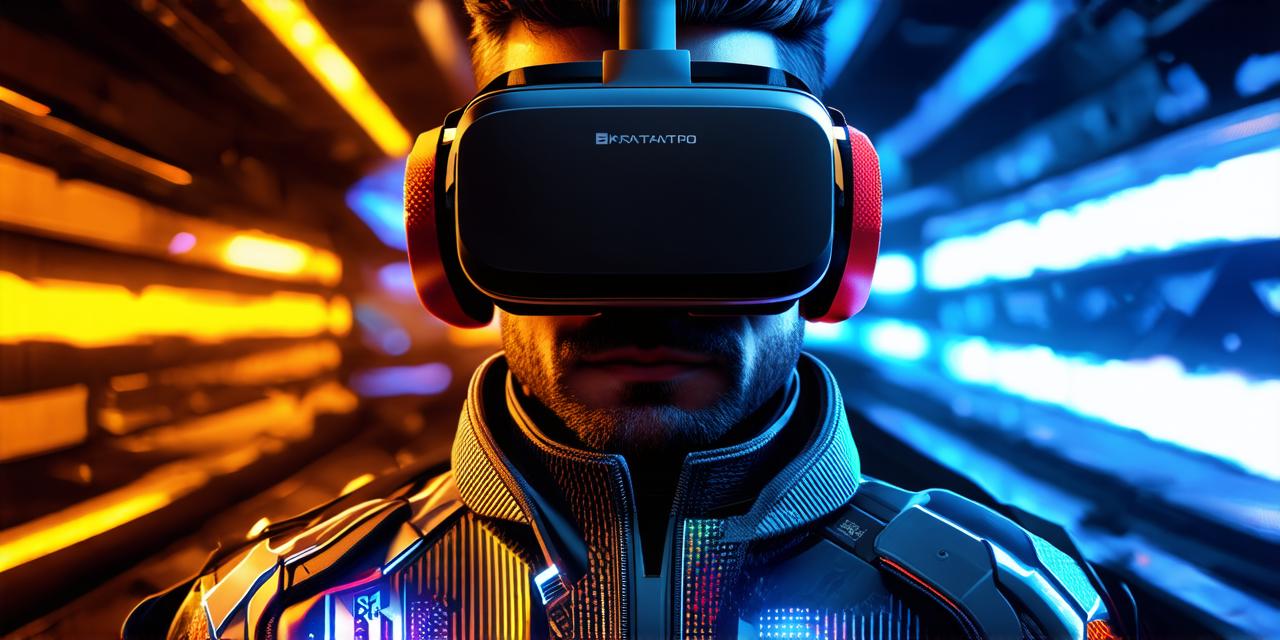Virtual reality (VR) technology has been rapidly advancing in recent years, with new innovations and applications emerging in various fields such as gaming, healthcare, education, and more. As VR continues to evolve, there are several trends that are likely to shape its future direction.
1. Improved hardware and software

One of the main drivers of VR technology’s growth has been advancements in hardware and software. As processors become faster and more efficient, VR headsets and other devices are becoming lighter, more comfortable, and easier to use. Additionally, advances in software development have made it possible to create more immersive and realistic virtual environments. In the future, we can expect even greater improvements in both hardware and software, making VR experiences more seamless and natural.
2. Increased accessibility
As VR technology becomes more affordable and user-friendly, it is likely to become more accessible to a wider range of people. This could lead to new applications for VR in areas such as e-commerce, tourism, and even remote work. In addition, advances in motion capture technology are making it possible to create more realistic human movements in virtual environments, which could make VR experiences even more immersive and engaging.
3. Greater integration with other technologies
Another trend that is likely to shape the future of VR is its increasing integration with other technologies such as artificial intelligence (AI) and augmented reality (AR). For example, AI-powered virtual assistants could help users navigate virtual environments more easily, while AR could be used to enhance the realism of virtual objects. Additionally, the combination of VR and 5G technology could make it possible to create even more immersive and interactive experiences.
4. New applications in healthcare and education
Virtual reality has already been used in healthcare and education to treat conditions such as PTSD and anxiety disorders, and to teach subjects like biology and physics. In the future, we can expect VR to be used even more widely in these fields, with new applications emerging that use virtual environments to simulate real-world situations and provide immersive learning experiences.
5. Continued growth in gaming and entertainment
Virtual reality has already had a significant impact on the gaming industry, with many popular games being developed specifically for VR. In the future, we can expect this trend to continue, with more games being created that take full advantage of VR’s immersive capabilities. Additionally, as VR technology continues to improve, it could open up new opportunities for live events and other forms of entertainment.
Overall, the future of virtual reality is likely to be shaped by a combination of hardware and software advancements, increased accessibility, greater integration with other technologies, and new applications in healthcare, education, and entertainment. As VR continues to evolve, we can expect to see even more innovative and immersive experiences that push the boundaries of what is possible.



